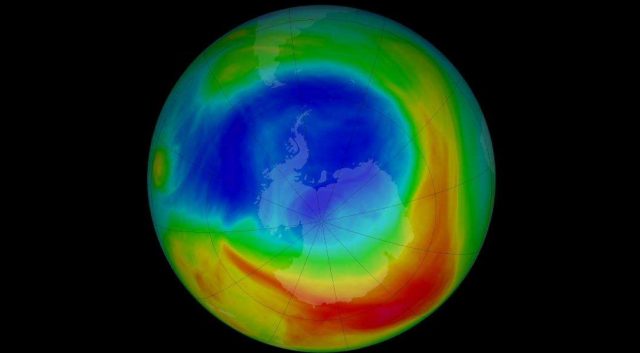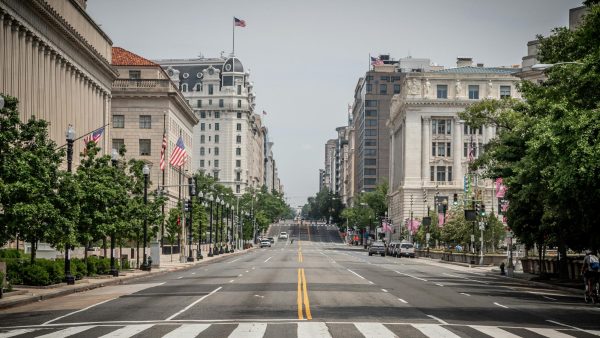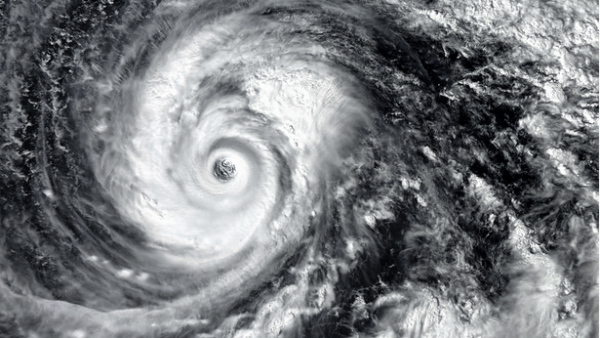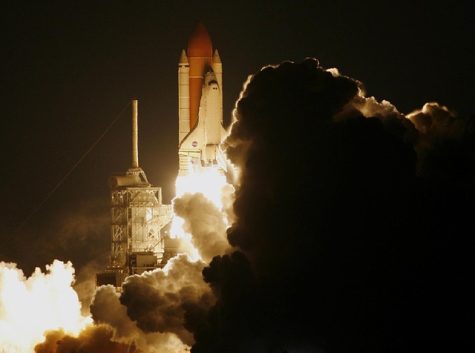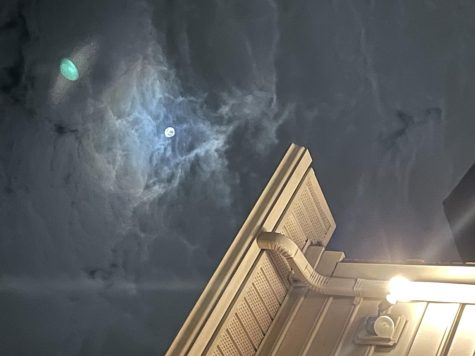Hole in the Ozone Layer is Shrinking
Why is the ozone hole so small this year, and what does it mean for our atmosphere?
This year marks the smallest the hole in the ozone layer has been since it was discovered in 1985. The hole typically reaches its peak size in September or October, and this year’s reports show that it reached an average of 3.6 million square miles. For comparison, the peak of the hole’s size, in 2006, was 10.3 million square miles.
This may come as a shock, considering the current state of our environment as we know it, but there is actually a correlation. Chlorine needs a cooler temperature in order to be converted into the chemical that deteriorates ozone. With a warmer climate, chlorine is not converted to that chemical as rapidly, and thus does not destroy ozone as rapidly.
So, is this good news? While it is not necessarily bad news, it does not mean that our climate will suddenly be completely fixed. Most scientists chalk it up to unusual weather patterns, and not much else.
However, a smaller hole in the ozone does mean that there is more protection from UV rays, which is a huge benefit and why the ozone layer is so critical.
In short, this does not really point to any long term benefits, however for right now it is beneficial to our environment.

Hi! My name is Zoe Siamon and I am a junior. This is my third year on the Oakton Outlook staff, and my first year as an editor. I mainly write A&E...



